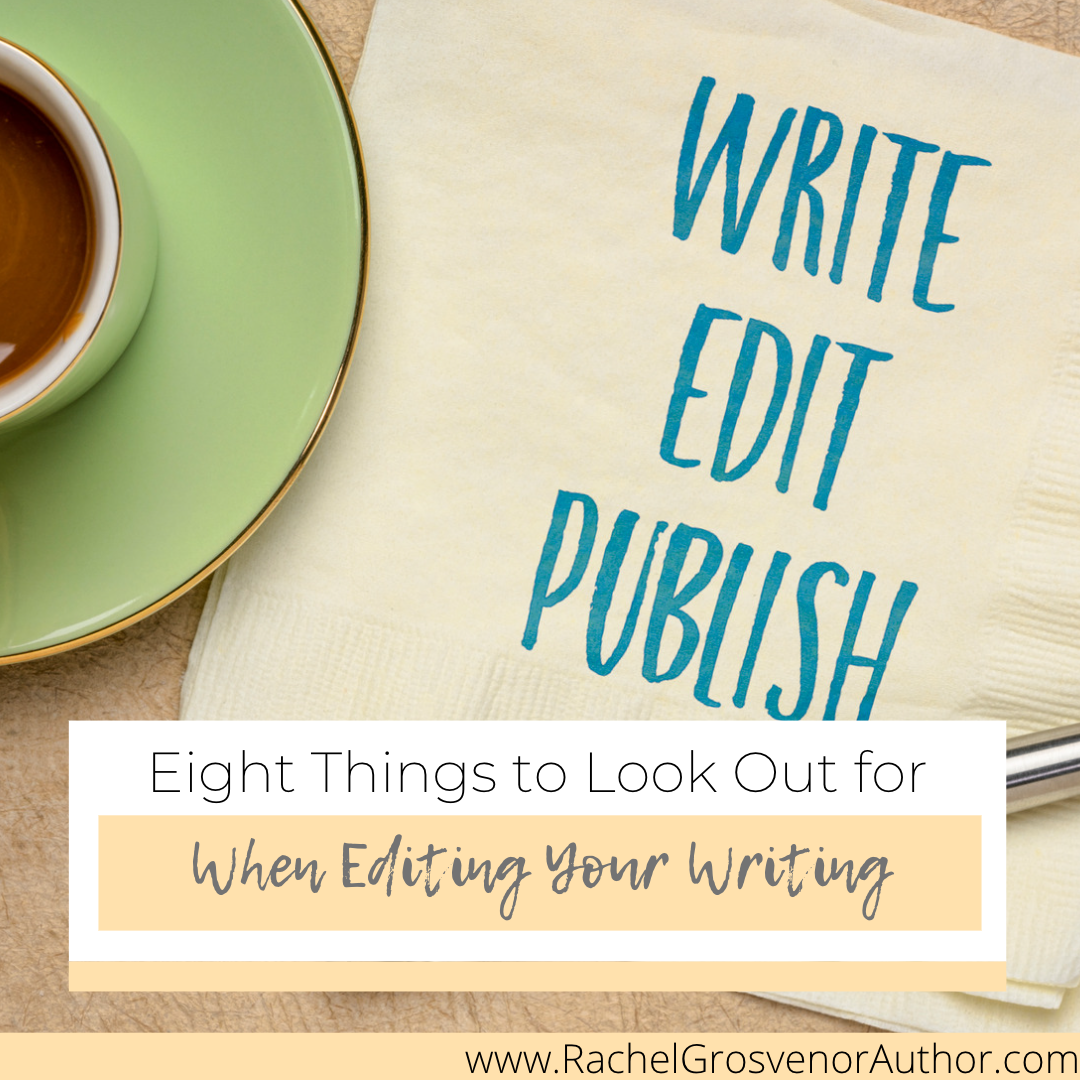Editing is an essential part of the creative writing process that allows you to refine and polish your work. While writing is the act of putting your ideas onto paper, editing is the art of shaping those ideas into a coherent and engaging piece of literature. It involves revising, proofreading, and fine-tuning your writing to improve clarity, flow, and effectiveness. Unsure what to look out for when editing? Read on.
The primary goal of editing creative writing is to enhance the reader’s experience. It’s about creating a seamless and immersive journey through your words, where readers can fully connect with your story, characters, and ideas. Whether you’re writing a short story, novel, or poem, the editing process plays a crucial role in transforming your initial draft into a polished and impactful piece of writing.
Ready to get started? Here are eight things to look out for when editing:
- Eliminating Repetition: Read through your piece and identify any repeated words, phrases, or ideas. Replace them with synonyms or rephrase the sentences to make them more engaging and varied.
- Strengthening Verbs: Look for weak or generic verbs in your writing and replace them with stronger, more specific verbs. This will make your sentences more vibrant and impactful.
- Removing Unnecessary Adjectives and Adverbs: Scan your writing for excessive use of adjectives and adverbs. Consider whether each one is essential and contributes to the overall meaning. Remove any that are redundant or don’t add value.
- Enhancing Sentence Structure: Vary the length and structure of your sentences to create a more dynamic and engaging flow. Mix shorter, punchy sentences with longer, more descriptive ones to add rhythm and keep the reader interested.
- Consistency in Point of View: Check that you maintain a consistent point of view throughout your piece. If you’re writing from a specific character’s perspective, ensure the narrative stays true to their voice and experiences.
- Tightening Dialogue: Review your dialogue and remove unnecessary tags or speech attributions. Make sure each line of dialogue serves a purpose, reveals something about the characters, or advances the plot.
- Show, Don’t Tell: Identify passages where you tell the reader something dramatic instead of showing it through action, dialogue, or sensory details. Reword these sections to bring the story to life and engage the reader’s imagination. Remember – there is a place for telling in your story. Click here to find out how to differentiate between show and tell, and when to do either.
- Proofreading for Grammar and Punctuation: Finally, carefully proofread your piece for grammar, punctuation, and spelling errors. Pay attention to commonly misused words, subject-verb agreement, and sentence structure.
Remember, editing is an iterative process, so don’t be afraid to revise your work multiple times. Each round of editing will help you refine your writing and make it more polished and impactful.
Want to read something similar?
5 Things to Consider When Hiring an Editor
How to Edit Creative Writing for Clarity, Style and Substance
How to Find and Fix Plot Holes
If you have any questions about editing, feel free to get in touch and ask me. To learn more about the editing packages I offer, click on the editing page on my website! As a writer with a PhD, MA and BA in Creative Writing and a previous CW lecturer, I’ve done my fair share of high-level fiction editing, and have very happy testimonials. Get in touch today for dates, questions, and information. I’m always happy to chat!







